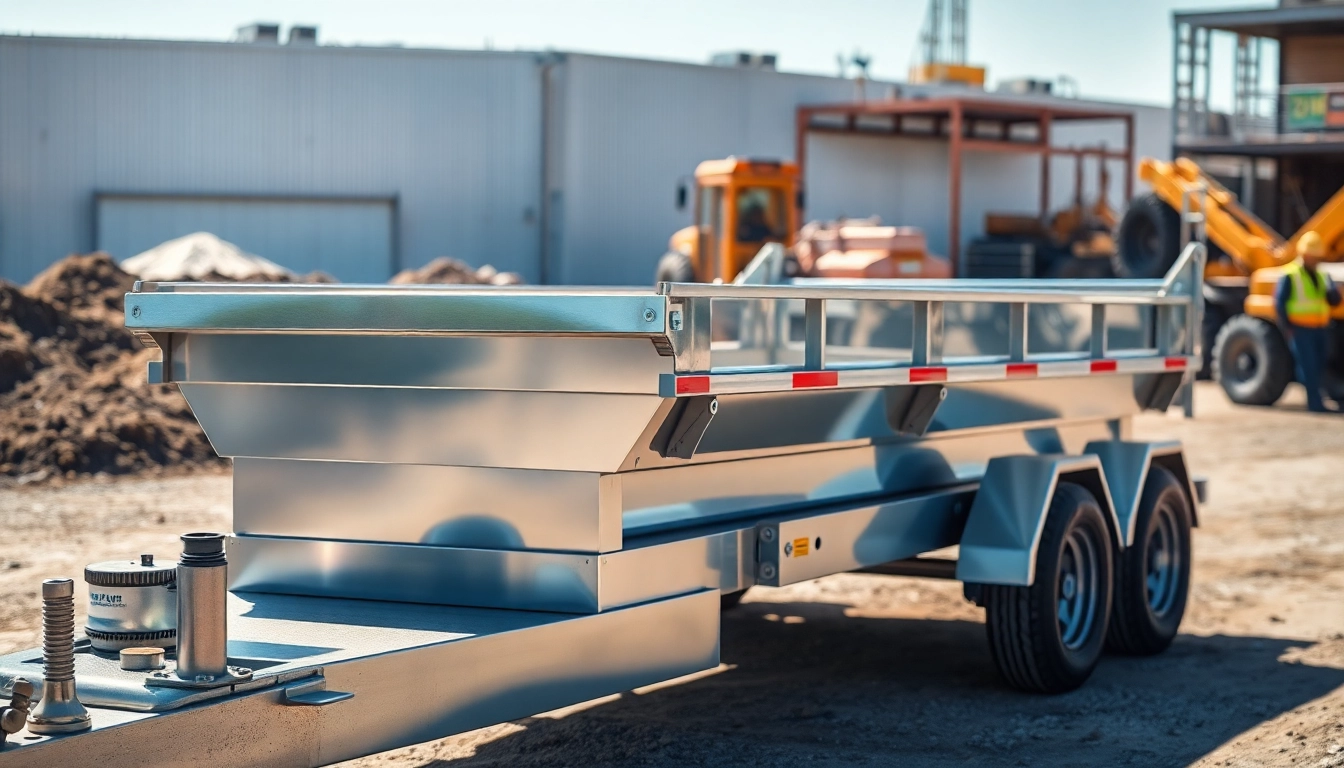Choosing the Right Pipe Stands for Your Welding and Construction Needs
Understanding Pipe Stands: Essential Tools for the Job
In the world of welding and construction, having the right tools can make all the difference. One such tool that often gets overlooked is the pipe stands. These devices play a critical role in supporting and stabilizing pipes during various applications, ensuring safety and efficiency in the workplace. In this comprehensive guide, we’ll explore what pipe stands are, key features that distinguish them, and their significance in both welding and construction.
What Are Pipe Stands?
Pipe stands are essential equipment designed to lift and support pipes while they are being worked on or assembled. It can be used in several operations including cutting, welding, and joining sections of piping. Generally, they come with adjustable heights and are made from durable materials, allowing them to hold various sizes and weights of pipes securely. Whether you’re dealing with lightweight PVC or heavy-duty steel pipes, there’s likely a pipe stand to meet your specific needs.
Key Features of Pipe Stands
Understanding the integral features of pipe stands can help users select the best option for their needs. Here are some essential characteristics:
- Adjustability: Many pipe stands feature adjustable heights to accommodate pipes of different diameters and work at varying angles.
- Load Capacity: Stands are rated for specific weight limits, which is crucial for ensuring they can safely hold the intended pipes during operations.
- Material Quality: Most stands are made from high-quality steel or aluminum, enhancing their durability and robustness, especially in challenging job site conditions.
- Portability: Many models are designed to be lightweight and portable, making them easy to move around the job site.
- Stability Features: Features such as rubber grips or wide bases allow for stability during use, minimizing the risk of accidents caused by tipping or sliding.
Importance of Pipe Stands in Welding and Construction
In welding and construction scenarios, maintaining the correct position and support for pipes is crucial. Pipe stands provide the necessary elevation and stability required while minimizing the risk of accidents. Here are some reasons why pipe stands are integral to these professions:
- Safety: By providing a sturdy and reliable foundation, pipe stands help prevent accidents associated with falling or moving pipes.
- Efficiency: Properly positioning pipes can enhance workflow speed, allowing workers to execute tasks without the constant need to adjust or hold pipes manually.
- Enhanced Precision: Proper support allows for more accurate cutting and welding, leading to better end products.
Types of Pipe Stands Available
Understanding the different types of pipe stands can aid users in selecting the most suitable option for their specific requirements. Here’s a look at the most common types of pipe stands available:
Adjustable Pipe Stands
Adjustable pipe stands offer versatility by allowing users to modify the height according to the size of the pipe being worked on. This adaptability makes them invaluable in various applications, particularly in welding and installation work where different pipe sizes may need different support heights. Most adjustable stands are equipped with locking mechanisms to ensure stability once the desired height is achieved.
Heavy-Duty Pipe Stands
Heavy-duty pipe stands are designed for demanding environments and can support much heavier loads. These stands are typically made from reinforced steel, and their construction allows them to be used in woodworking and metalworking settings where significant ground support is necessary. Their load capacities often exceed 1000 pounds, making them suitable for industrial applications.
Specialty Pipe Stands for Unique Applications
Some pipe stands are designed for specific applications. For example, stands with rollers can facilitate the rotation of pipes for easier access during welding or other tasks. Furthermore, certain stands come equipped with integrated safety features for heightened protection against potential hazards in more specialized environments.
How to Choose the Right Pipe Stands
Selecting the right pipe stand is crucial for optimizing safety and performance on the job. Here are some key considerations to keep in mind:
Evaluating Load Capacity and Stability
The first step in choosing a pipe stand is evaluating its load capacity. Make sure you select a stand rated for the weight of the pipes you’ll be using. It’s generally recommended to choose a stand that exceeds the weight of the pipes it will hold to allow for added safety. Additionally, look for stands with a broad base and features that promote stability to minimize the risk of tipping during operation.
Considerations for Adjustable Heights
If you plan to work with various pipe sizes, consider investing in adjustable pipe stands. Make sure the model you select has a height range that accommodates your needs. Locking mechanisms are also important to ensure that the height is maintained securely during your work.
Safety Features to Look For
Safety should always be a priority when selecting work equipment. Choose pipe stands that provide features such as anti-slip feet, secure locking systems, and stability braces. Additionally, ensure that the construction material is robust enough to withstand the stresses of everyday use without compromising safety.
Maintaining Your Pipe Stands for Longevity
Investing in pipe stands is just the first step; regular maintenance is essential to ensure their longevity and functionality. Here are some best practices for maintaining your pipe stands:
Regular Inspection and Maintenance Practices
Inspect your pipe stands frequently for any signs of wear or damage. Areas to check include joints, locking mechanisms, and the integrity of the material. Look for rust or corrosion that might compromise their strength. If any part is damaged, consider repairing it promptly or replacing the stand entirely to guarantee safety during use.
Cleaning Procedures for Optimal Performance
Keep your pipe stands clean and free from debris that can affect their performance. Use a damp cloth and appropriate cleaning agents suitable for the material of the stand. Avoid using harsh chemicals that could corrode the steel or influence its integrity. Regular cleaning can enhance the life of the equipment and improve safety.
Storing Pipe Stands Safely
Proper storage is key to ensuring the longevity of your pipe stands. Store them in a dry area to prevent rust or corrosion and avoid stacking multiple stands on top of one another, which may damage them. If possible, keep them in their original packaging or a designated storage area where they won’t be knocked over or damaged by other tools or equipment.
Best Practices for Using Pipe Stands in the Field
Using pipe stands safely and effectively is as vital as selecting and maintaining them properly. Here are some best practices to follow when using pipe stands:
Proper Setup Techniques
Ensure that your pipe stands are set up on a flat and stable surface to avoid tipping. Before positioning a pipe, check that the stand is locked in the desired height. For added safety, use a level to guarantee that the stand is even and stable. Also, ensure that the weight is evenly distributed across the stand to minimize risks.
Tips for Stability During Use
It’s crucial to ensure stability while using pipe stands. Whenever possible, use multiple stands for larger pipes. Make sure to check that the stands are placed at equidistant intervals along the pipe to distribute the weight evenly. Additionally, consider placing rubber mats or supports under the stands to enhance grip and prevent movement.
Common Mistakes to Avoid with Pipe Stands
Several mistakes can jeopardize safety when using pipe stands. Avoid overloading the stands beyond their rated capacity, which can lead to instability and collapse. Never ignore stability; using an uneven surface or misplacing the stands can result in accidents. Lastly, do not neglect regular inspections; ensuring your equipment is in sound condition is key to a safe work environment.







Post Comment